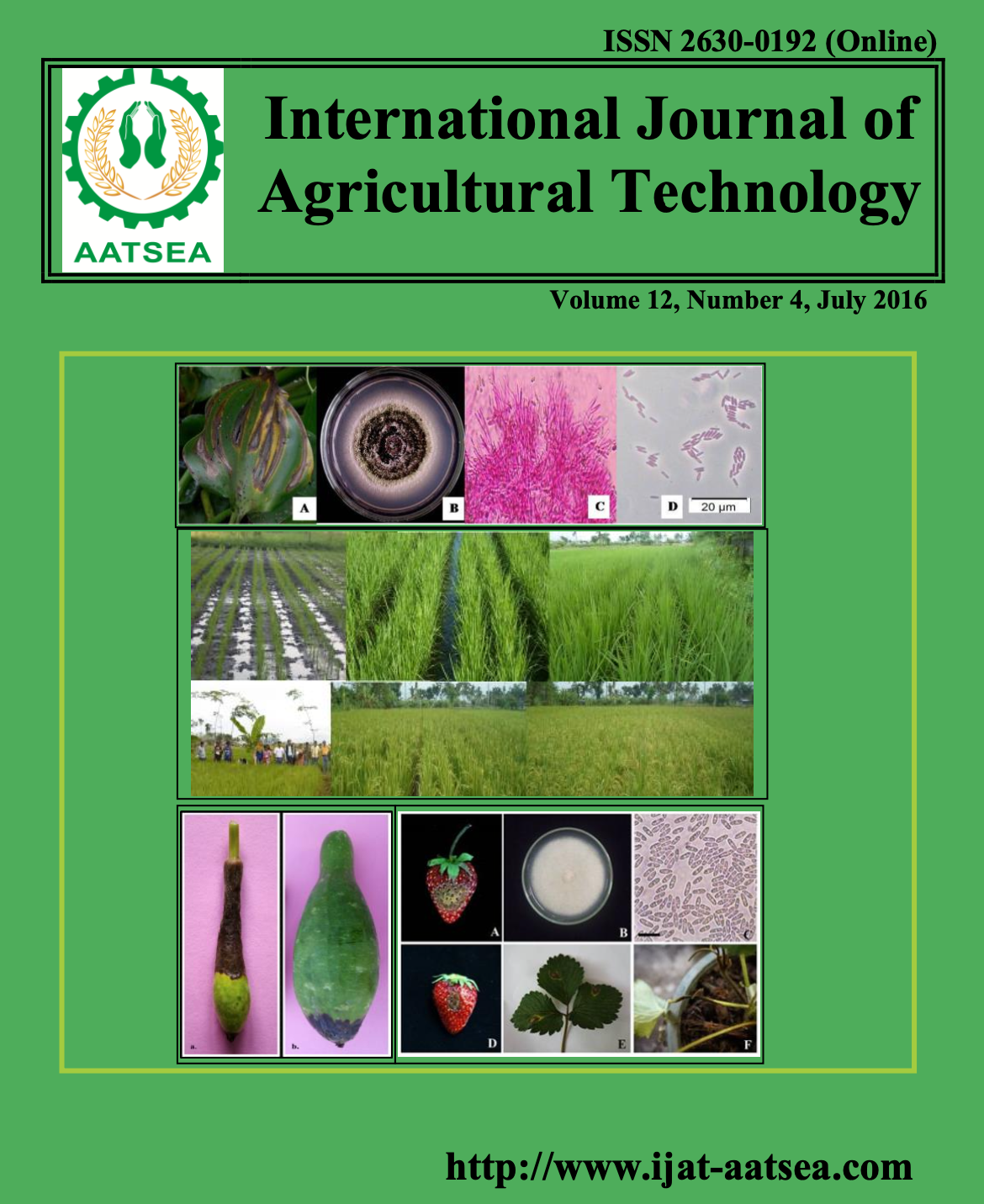A study of partial replacement of cement with palm oil fuel ash in concrete production
Main Article Content
Abstract
Burning of agricultural wastes as a means of disposal contributes to environmental degradation and can be reduced by utilizing the materials for other purposes such as construction materials. Thus, the aim of this research is to study the cementitious properties of Palm Oil Fuel Ash (POFA) as partial cement replacement material in concrete. POFA was prepared and chemical properties of the ash produced were analysis. Then, concrete cubes were cast and tested at curing ages of 7, 21, and 28 days using 0, 10, 20 and 30 percent replacement levels. The slump test result showed that the workability of the concrete decreased as the POFA content increased. Results also showed that the compressive strength of POFA-concrete increased with curing age but decreased with increasing percentage of POFA compared to the compressive strength of the control. The density of the concrete produced was reducing as the percentage replacement was increasing thereby leading to the production of a lightweight concrete. For the control with 0% POFA, the compressive strength of 25.77N/mm2 was obtained at 28 days and can be used for reinforced concrete with lightweight aggregate and reinforced concrete with normal aggregate. The optimum compressive strength of 23.77 N/mm2 was obtained for10% replacement at 28 days of age with percentage strength to the control of 92.24%. While 20% and 30% replacement of cement with POFA yielded compressive strength of 20.67N/mm2 and 15.36N/mm2 respectively. The research showed that POFA has the potential of being used as a partial replacement of cement to produce lightweight, durable and cheap concrete. It also makes it possible to consume the waste produced as a result of palm oil production and thereby contributing to sustainability of our environment by reducing environmental pollution.
Article Details

This work is licensed under a Creative Commons Attribution-NonCommercial-NoDerivatives 4.0 International License.
References
Abdul Awal, A. S. M. and Nguong, S. K. (2010). A Short-term Investigation on high volume Palm Oil Fuel Ash (pofa) concrete 35th Conference on Our World in Concrete & Structures: 25 - 27 August, Singapore Article Online Id: 100035023.
Abdulkadir, T. S., Oyejobi, D. O. and Lawal, A. A. (2014). Evaluation of Sugarcane Baggasse Ash as a substitute for cement in concrete productions. ACTA Technica Corviniensis-Bulletin of Engineering, Tome VII Fascicule 3/2014 Online ISSN: 2067-3809, pp.71-76. Available online at http://acta.fih.upt.ro/pdf/2014-3/ACTA-2014-3-11.
American Standard for Testing Materials (ASTM), (1978). Specification for fly ash and raw or calcium natural pozzolana for use as a mineral admixture in portland cement concrete., ASTM C 618-678.
Bamaga, S. O., Hussin, M. W. and Mohamed, A. I. (2013). Palm Oil fuel ash: promising supplementary cementing materials. Korean society of civil engineers (KSCE) Journal of Civil Engineering 17:1708-1713.
BS EN 197-1: (2000). Cement, Composition, Specification and Conformity Criteria for Common Cement, British Standards Institution. Technical Information Services Dept., CNL. Technical Information Service Department, BSI 389 Chiswick High Road, London.
BS 882: (1992). Specification for aggregates from natural sources for concrete, British Standards Institution. Technical Information Services Department, CNL. Technical Information Service Department, BSI 389 Chiswick High Road, London W4 4AL, 1992.
BS EN 1008: (2002). Mixing water for concrete-specification for sampling, Testing and assessing the suitability of water, Including water recovered from processes in the concrete industry as mixing water for concrete. British Standards Institution. Technical Information Services Department, CNL. BSI 389 Chiswick High Road, London W4 4AL, 2002. Pg. 5.
British Standard Code of practice (1985). Specifications for Minimum Concrete Strength. London. BS8110:1.
http://www.itfnet.org (2013). Producing Melons using Palm Oil mill waste. Available at http://www.itfnet.org /v1/2013/01/producing-melons-using-palm- oil-mill-waste/ (accessed 5/12/13).
Food and Agricultural Organization of the United Nation (2013). Oil Palm http://www. Fao.org Retrieved on 2/12/2014.
Ghavami, K., Toledo, R. D. and Barbosa, N. P. (1999). Behaviour of Composite Soil Reinforced with Natural Fibres. Cement and Concrete Composites 21:39-48.
Karim, M. R., Zain, M. F. M., Jamil, M. and Islam, M. N. (2011). Strength of concrete as influenced by Palm Oil Fuel Ash. Australian Journal of Basic and Applied Sciences 5:990-997.
Newman, J. and Seng, B. (2003). "Advanced concrete technology", first edition, UK., pp. 2/1-2/5.
USDA (2014). United States Department of Agriculture available on (http://www.indexmundi.com/agriculture/?country=ng&commodity=centrifugalsugar&graph=production).
Oyejobi, D. O., Abdulkadir, T. S. and Ajibola, V. M. (2014), Investigation of Rice husk ash cementitious constituent in concrete. International Journal of Agricultural Technology 10:533-542. ISSN: 1686 - 9141 Available online at http://www.ijat-aatsea.com/pdf/v10_n3_14_May/3_IJAT_2014_10(3)_Oyejobi-Agricultural%20 Engineering.pdf.
Sirirat, J. and Supaporn, W. (2010). Pozzolanic Activity of Industrial Sugarcane Bagasse Ash, Journal of Science and Technology 17:349-357.


